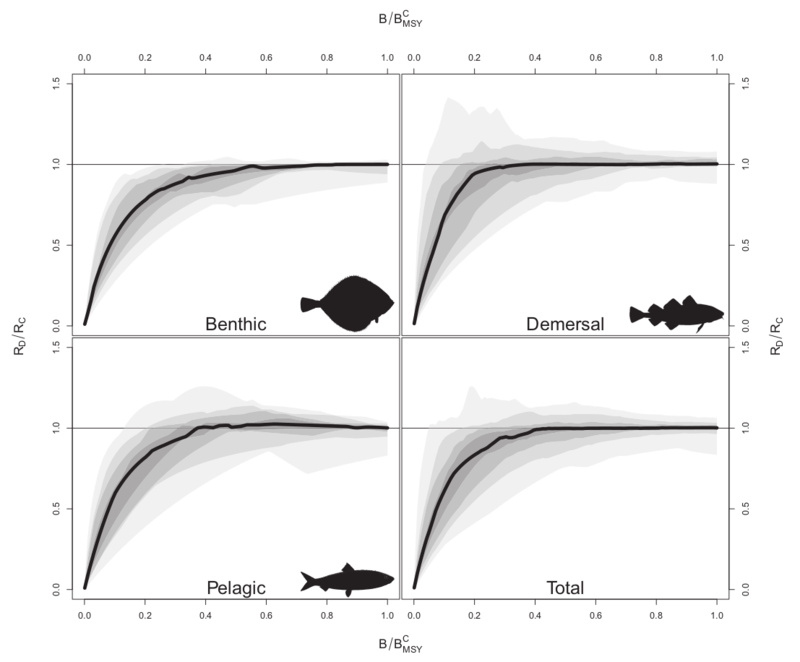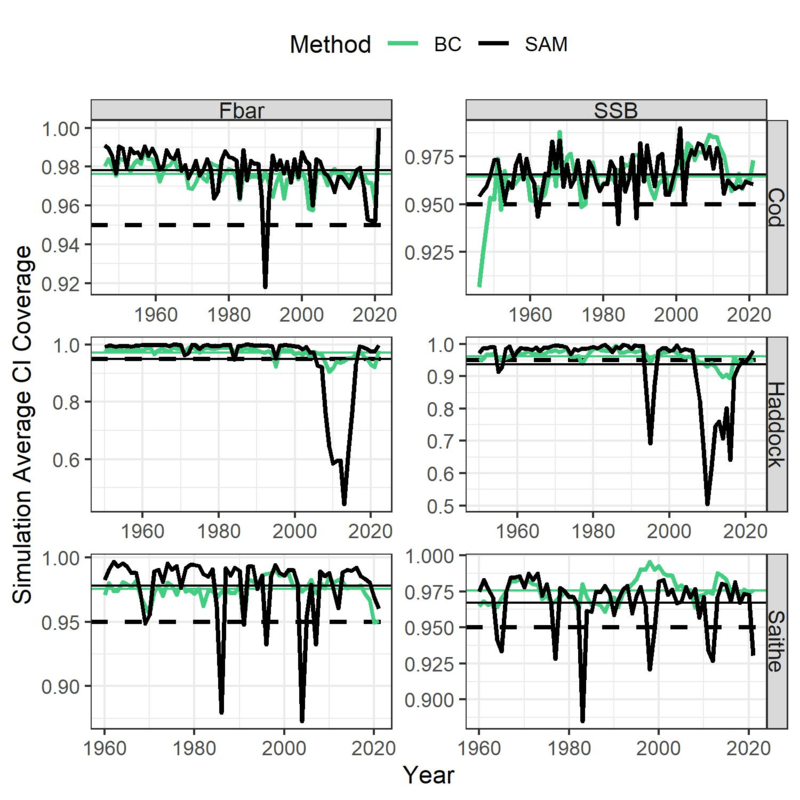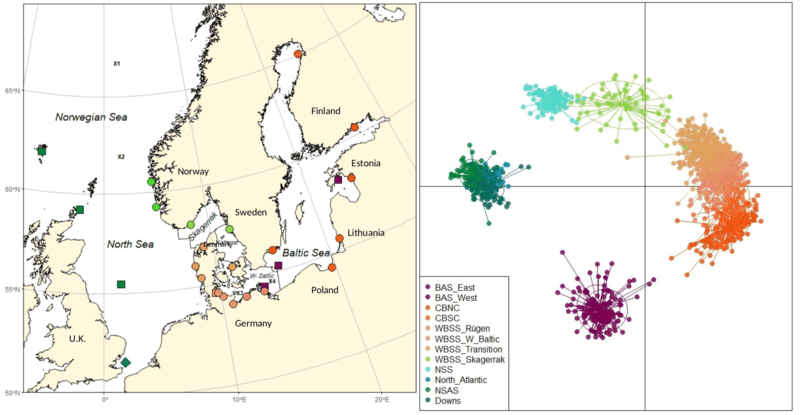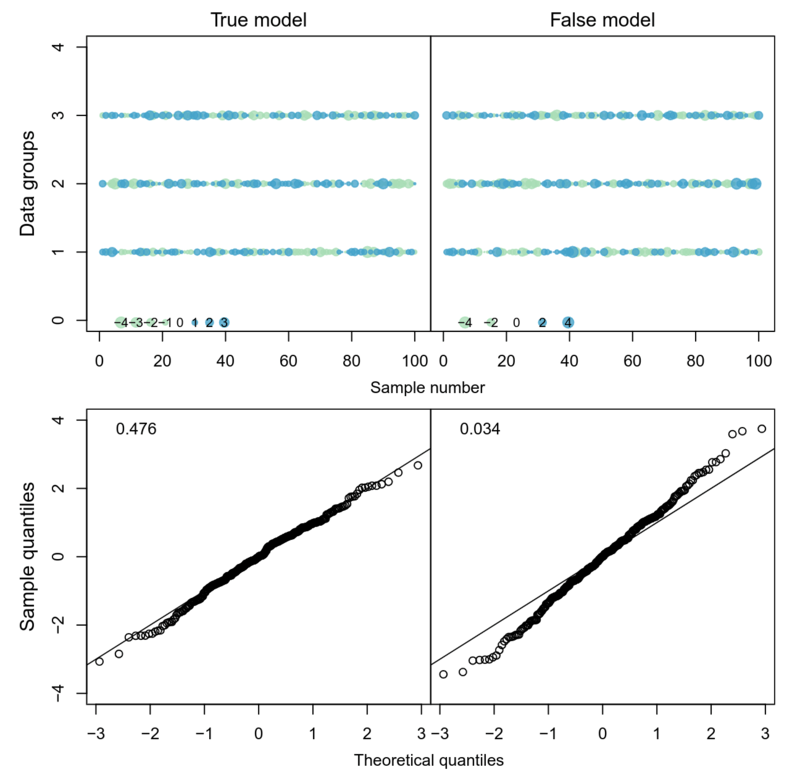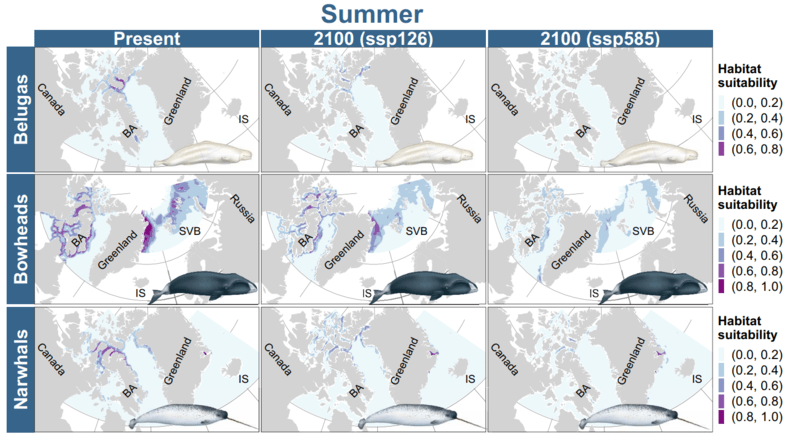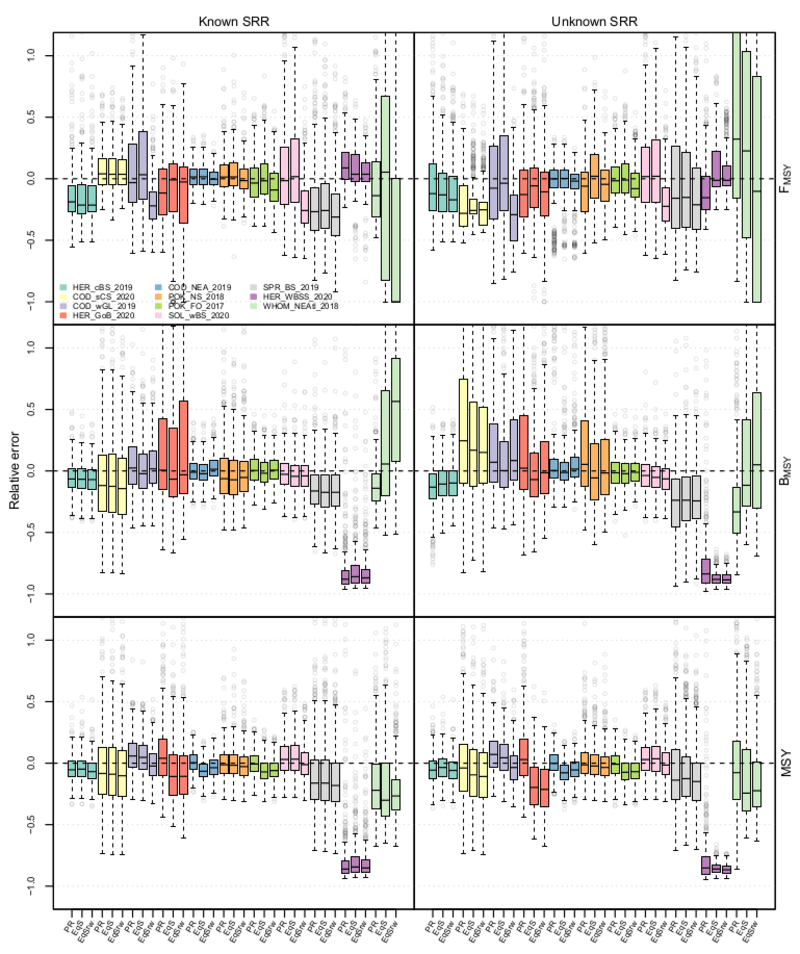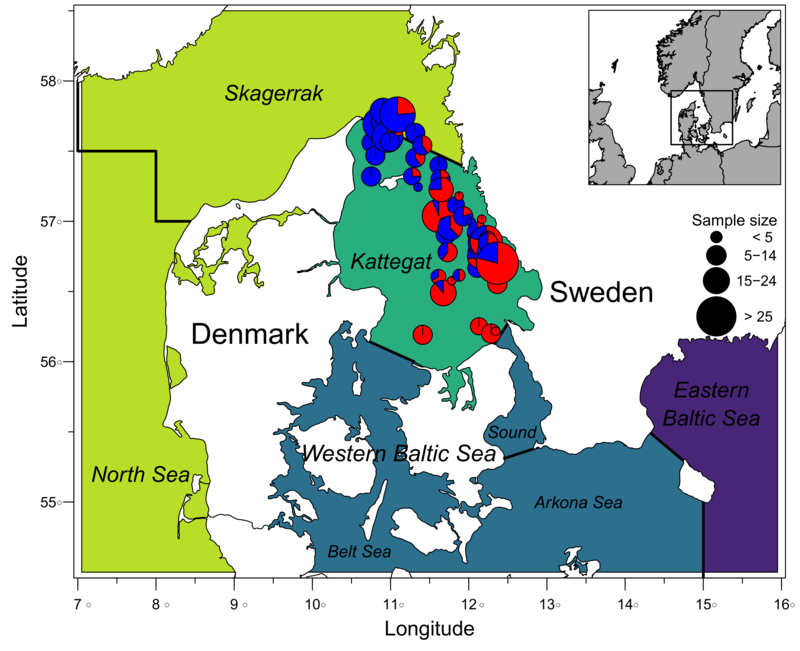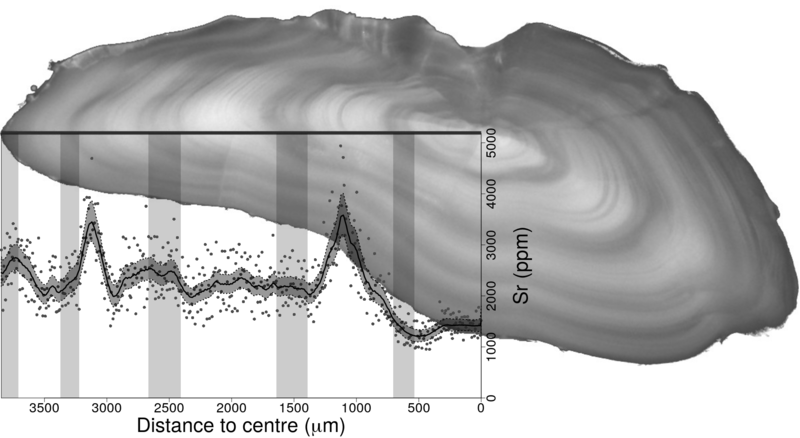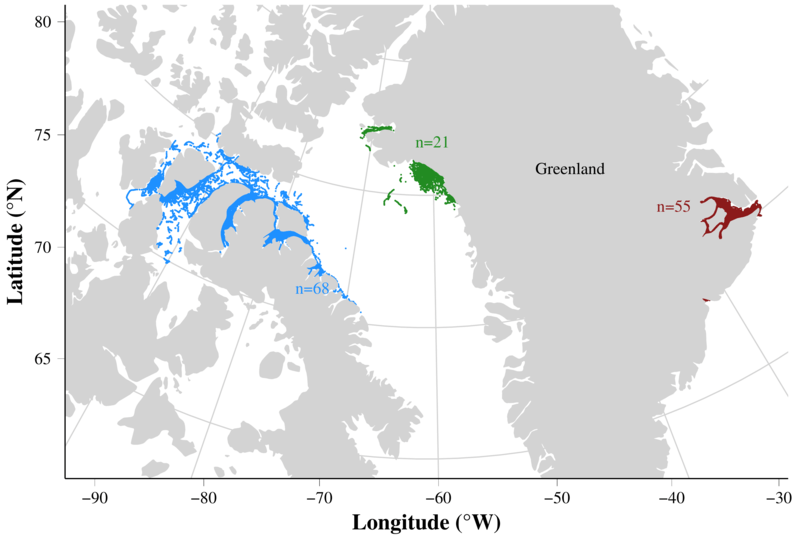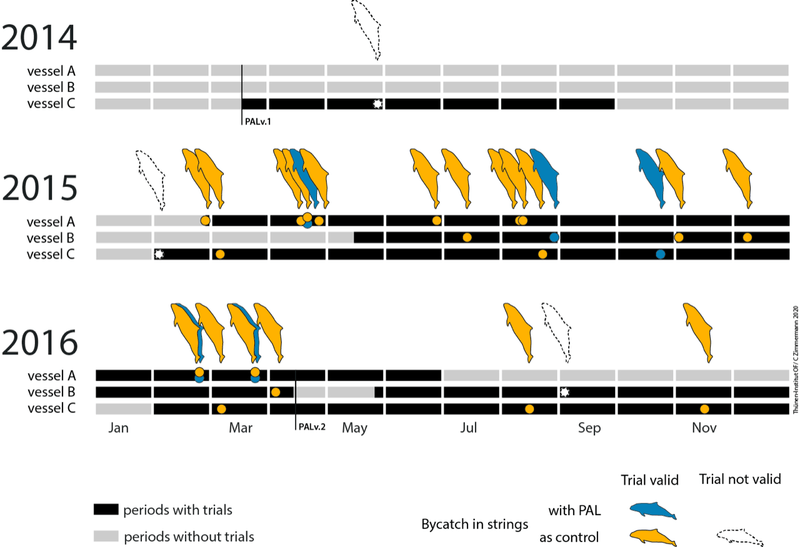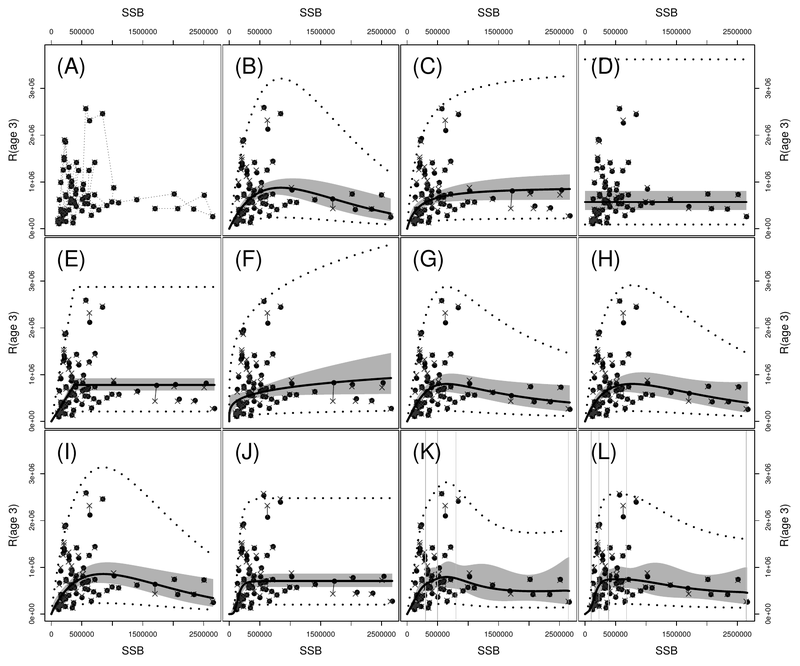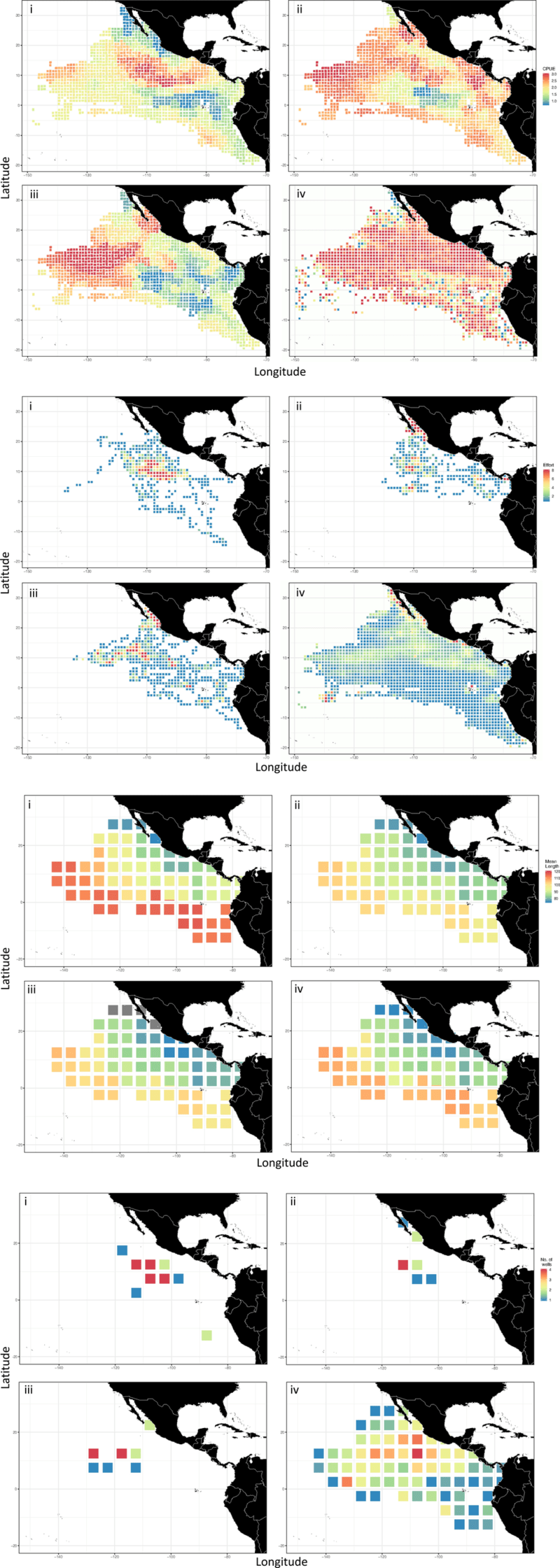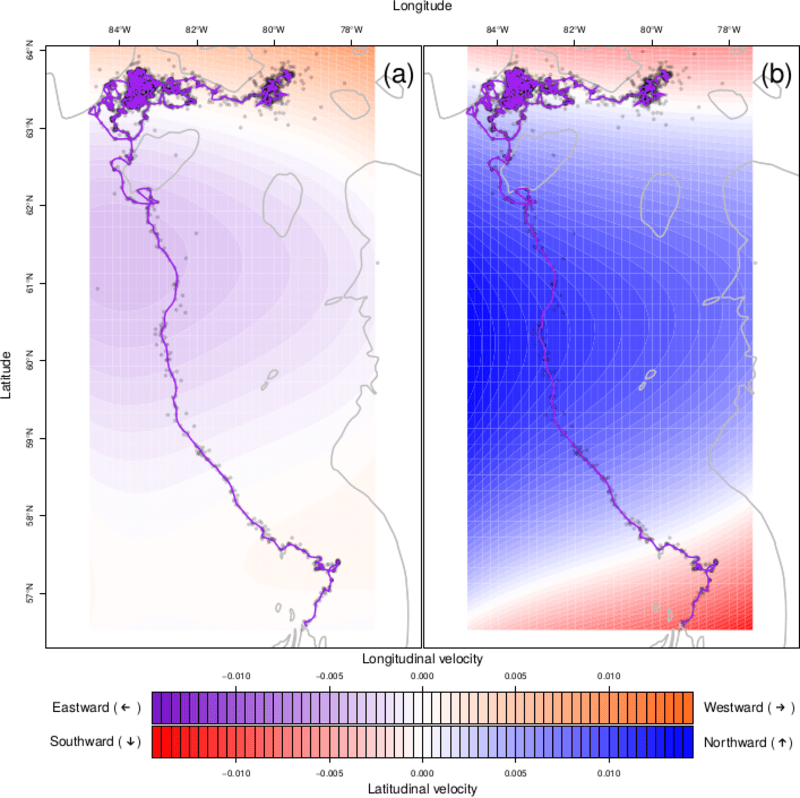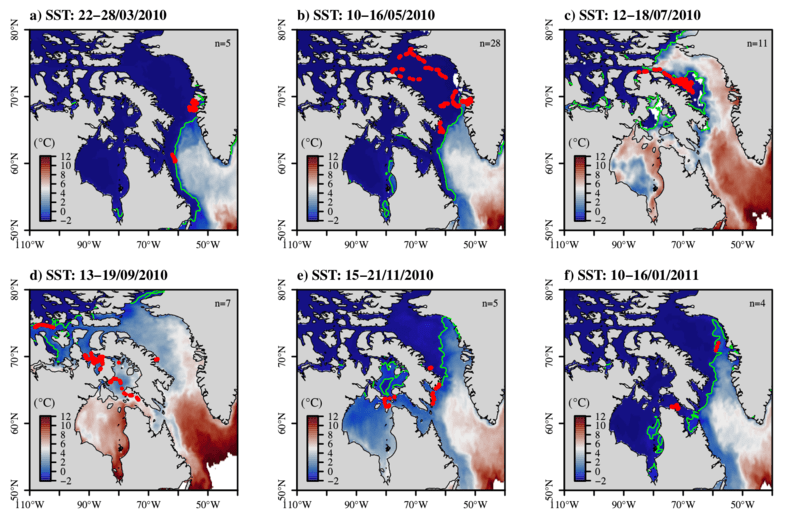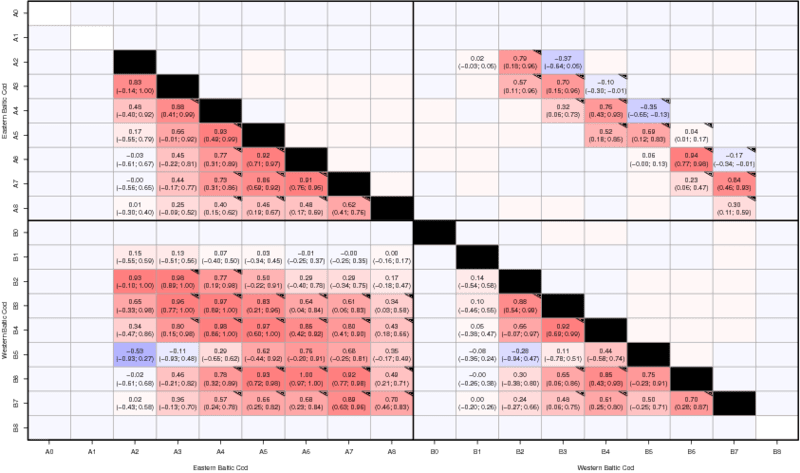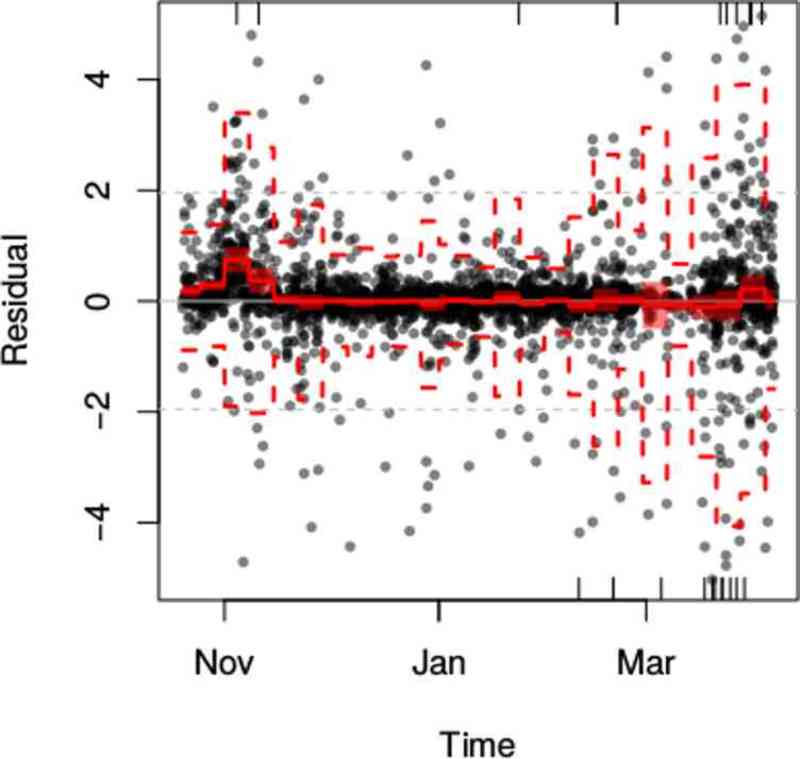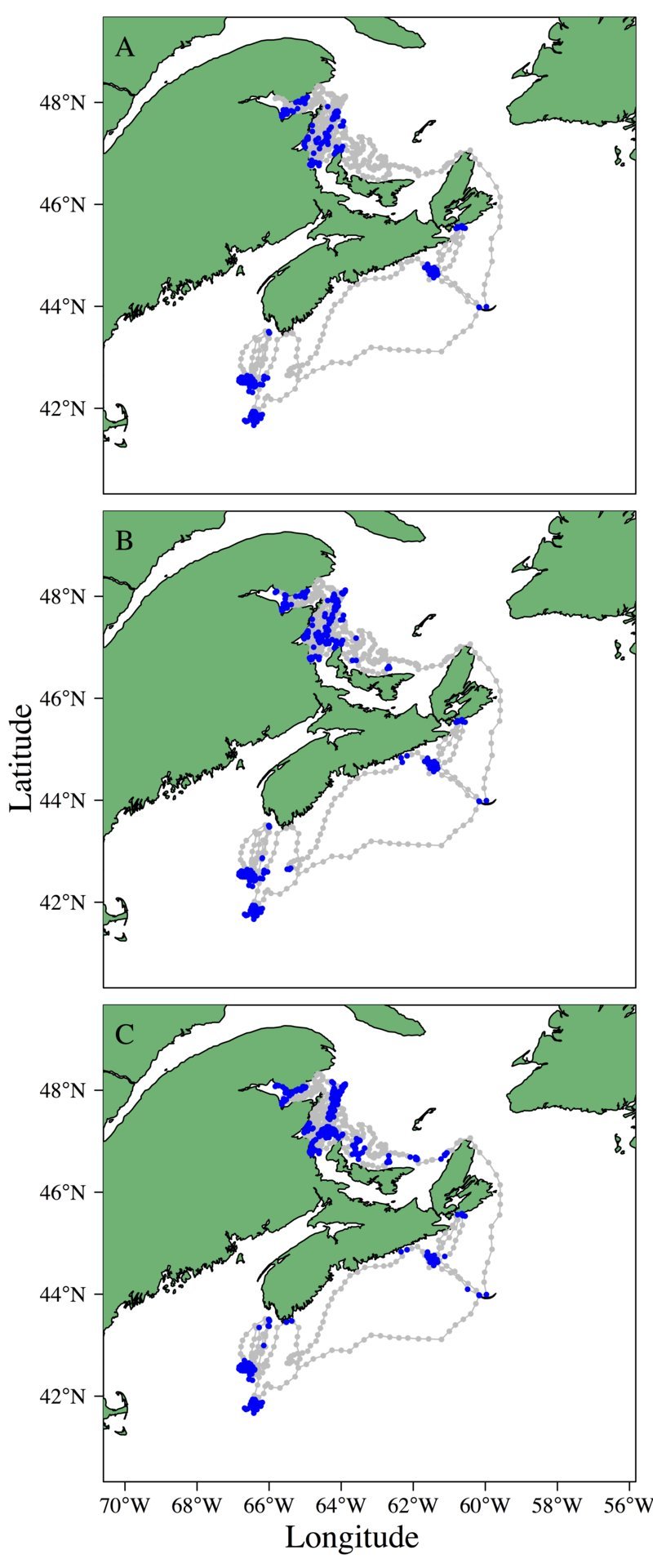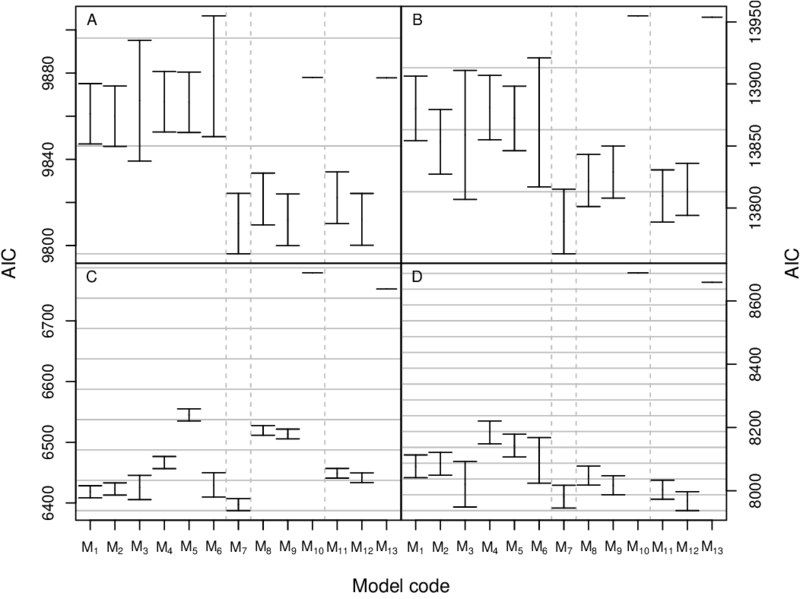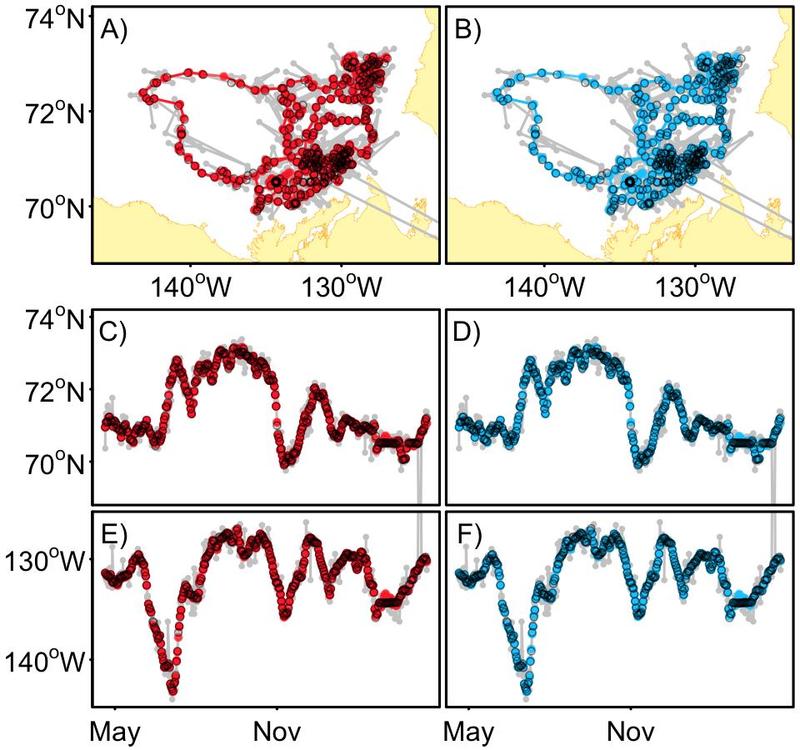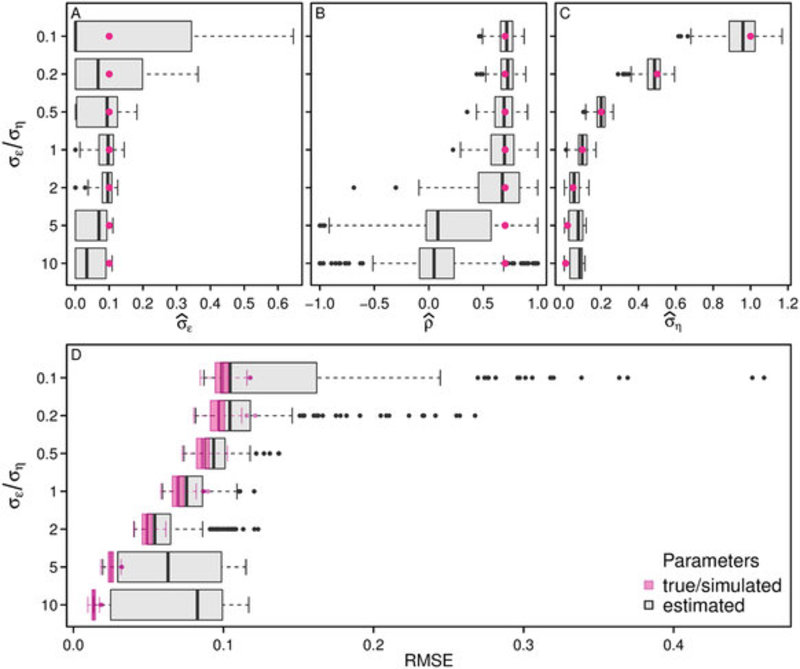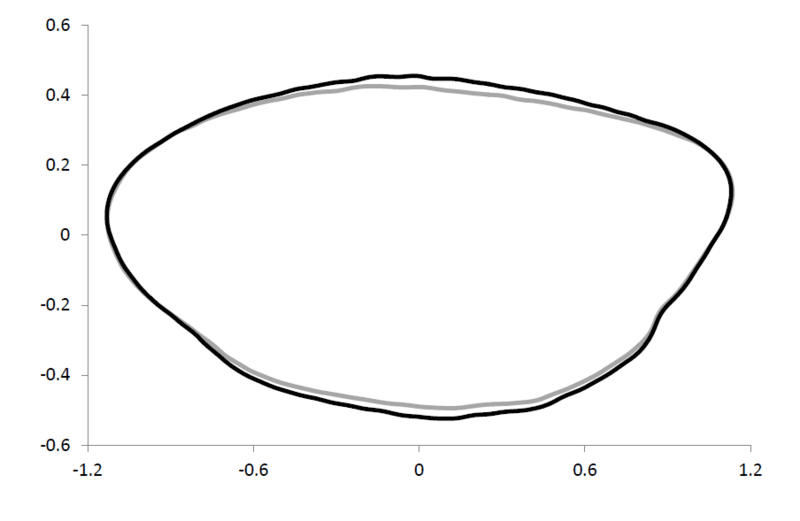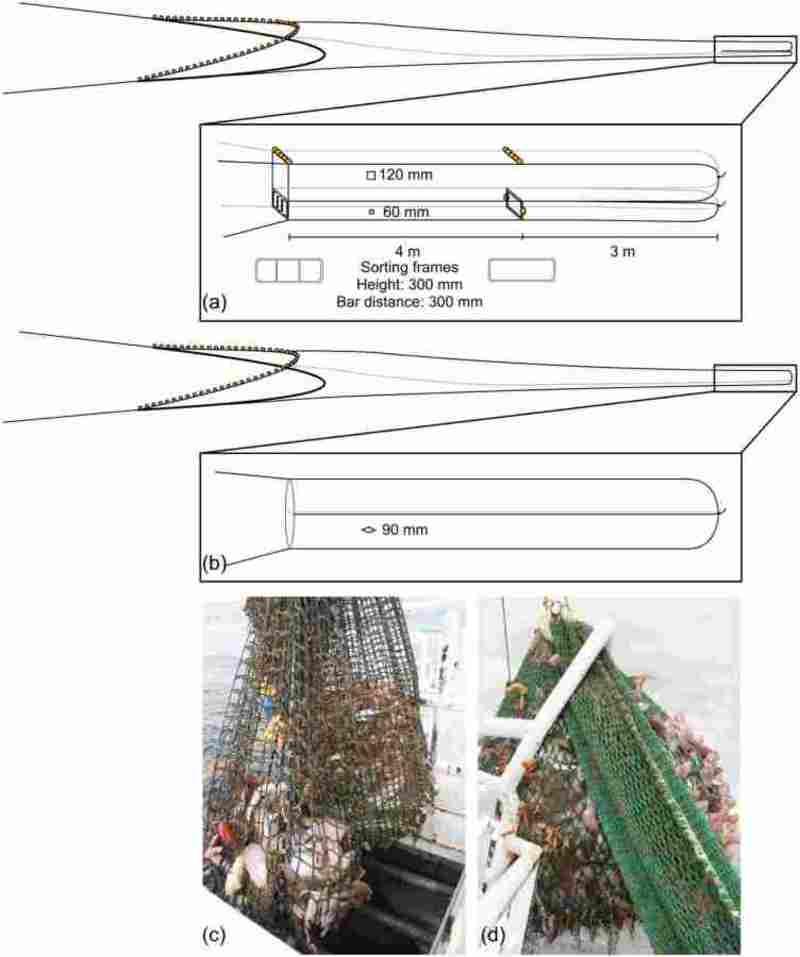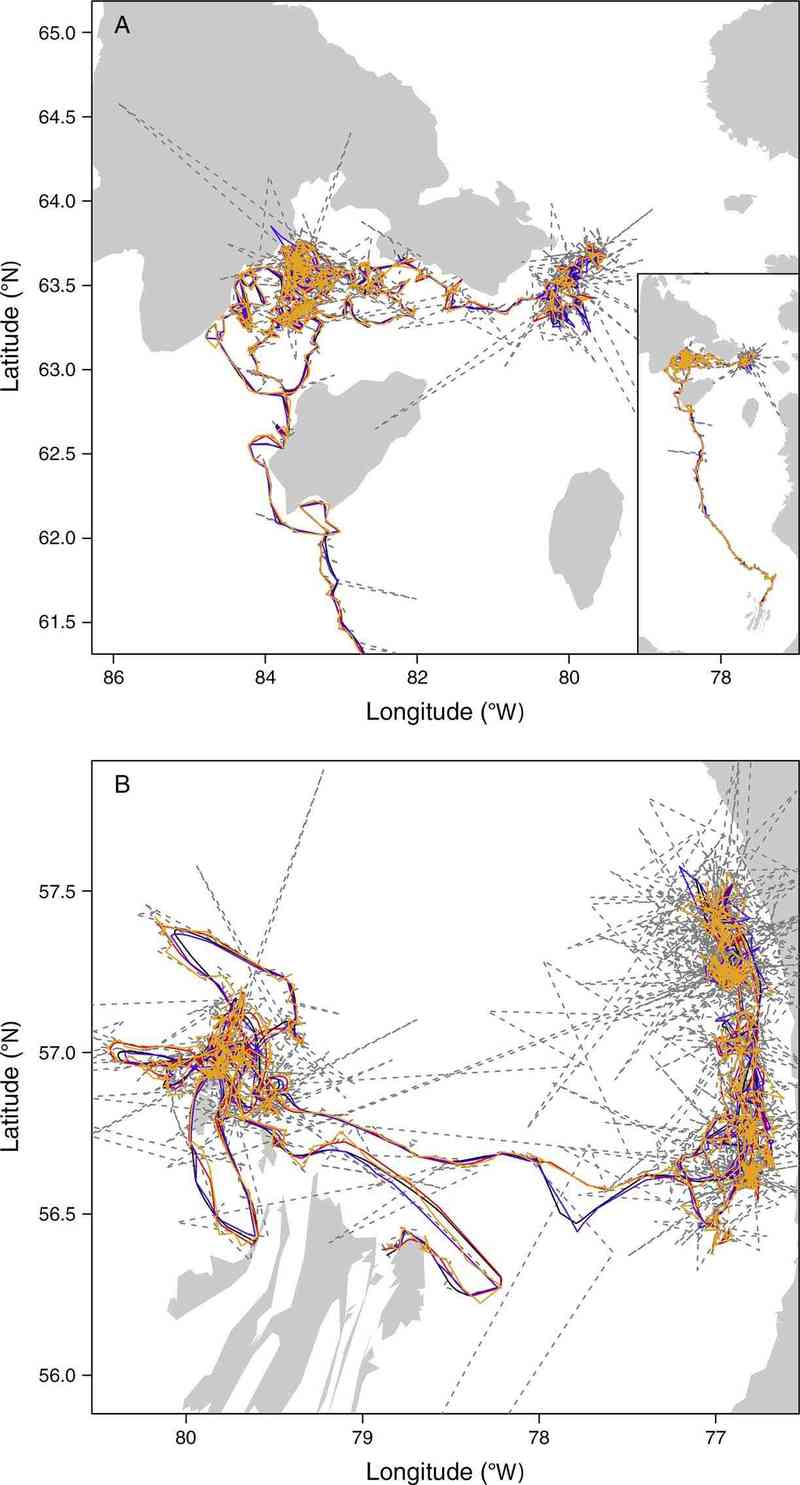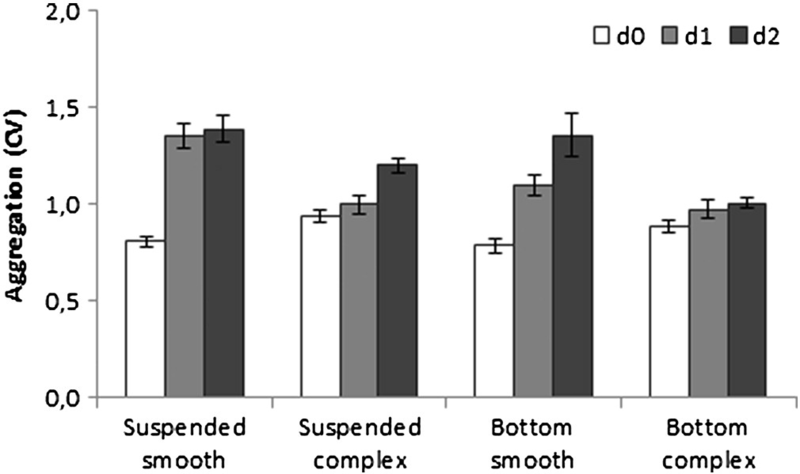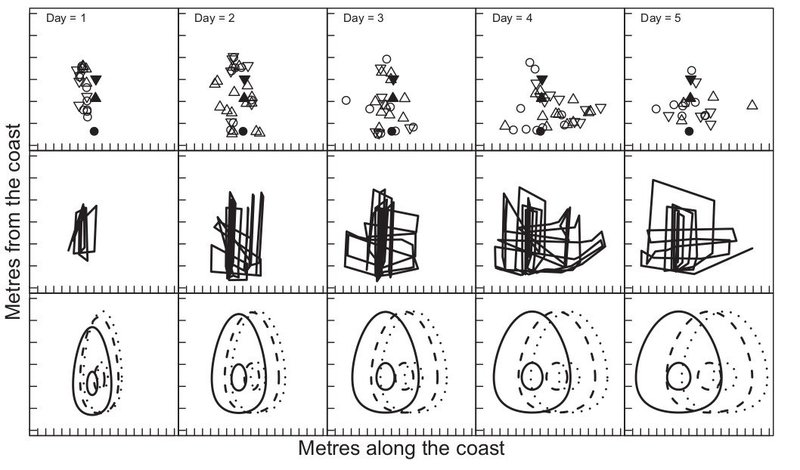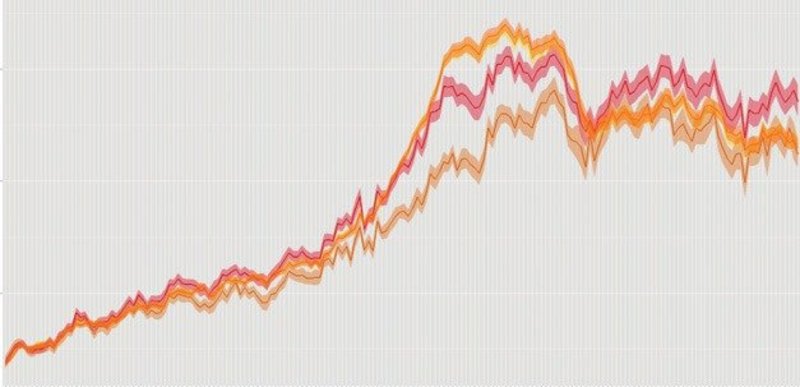
European eel larvae are sensitive to vibration and light
Accepted for publication in Aquaculture
Yang, F.; Benini, E.; Sørensen, S. R.; Albertsen, C. M.; Kottmann, J.; Butts, I. A. E.; Tomkiewicz, J. and Politis, S. N..
Abstract:
European eel (Anguilla anguilla) earliest life stages haven´t been encountered in nature, thus, studying behavior of hatchery-reared larvae is crucial for understanding their ecology and developing rearing protocols. Utilizing computer -assisted video tracking we investigate d the behavior of hatchery -reared eel larvae from hatching to the first-feeding stage at 12 days post atch (dph). Trials focused on escape responses linked to mechanical (vibration) and visual (light) stimuli, repeated at 60 s intervals and selected to mirror stimuli encountered in hatchery settings. Variables included distance moved in single-frame intervals, distance moved in 120 ms (3 frames), initial escape speed, total distance moved in 5 s, mean and maximum speed for the entire response. Escape probabilities were estimated by the hidden Markov model. Results revealed that eel larvae’s responses to stimuli were stage-specific, corresponding to the development of sensory systems, where the lowest and highest escape probabilities were observed at hatch and 12 dph, respectively. Larvae demonstrated fast reactions to mechanical stimuli (vibration), but a stronger sensitivity to sudden changes in light intensity, with average maximum escape response speeds up to 40 cm/s. Moderate but consistent escape responses to repeated vibrations, suggest a potential inherent ability to detect and respond to mechanical stimuli, while a decreasing escape response trend with repeated light exposures might indicate a degree of habituation potential to visual stimuli. In conclusion, we highlight the importance of tailoring rearing protocols for eel larvae, avoiding excessive disturbances, especially during highly sensitive stages, to reduce unnecessary stress for improved welfare in hatchery settings.
APA:
Yang, F., Benini, E., Sørensen, S. R., Albertsen, C. M., Kottmann, J., Butts, I. A. E., Tomkiewicz, J. and Politis, S. N. (In Press) European eel larvae are sensitive to vibration and light. Aquaculture. doi: 10.1016/j.aquaculture.2025.742569
MLA:
Yang, F., Benini, E., Sørensen, S. R., Albertsen, C. M., Kottmann, J., Butts, I. A. E., Tomkiewicz, J. and Politis, S. N. “European eel larvae are sensitive to vibration and light” Aquaculture. In Press. doi: 10.1016/j.aquaculture.2025.742569
CBE:
Yang, F., Benini, E., Sørensen, S. R., Albertsen, C. M., Kottmann, J., Butts, I. A. E., Tomkiewicz, J. and Politis, S. N. In Press. European eel larvae are sensitive to vibration and light. Aquaculture. doi: 10.1016/j.aquaculture.2025.742569
BibTeX:
@article{yang2025a,
title = "European eel larvae are sensitive to vibration and light",
author = "Yang, {F.} and Benini, {E.} and Sørensen, {S. R.} and Albertsen, {C. M.} and Kottmann, {J.} and Butts, {I. A. E.} and Tomkiewicz, {J.} and Politis, {S. N.}",
year = "In Press",
volume = "",
number = "",
journal = "Aquaculture",
pages = "",
issn = "0044-8486",
doi = "10.1016/j.aquaculture.2025.742569",
}
